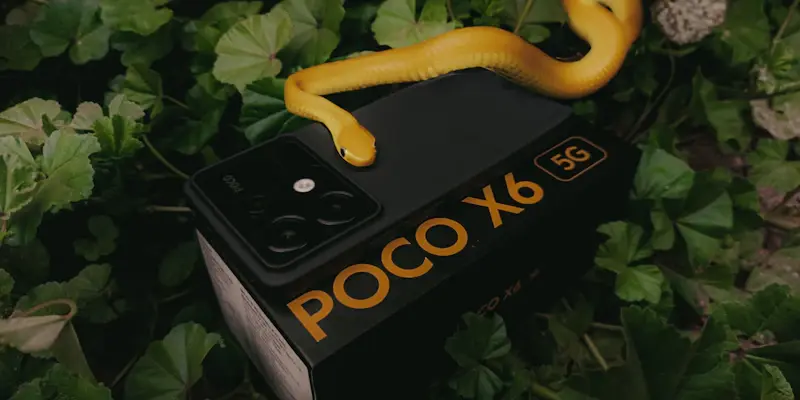In the ever-evolving landscape of smartphones, the anticipated launch of the Poco X7 5G has enthusiasts and tech geeks eagerly awaiting its arrival. Speculated to advance upon its predecessor, the Poco X6, the Poco X7 5G promises a notable array of features and specifications. One standout aspect of this forthcoming device is its 6.67-inch AMOLED display boasting a 1.5K resolution and a 120Hz refresh rate, coupled with HDR10+ certification, ensuring visually striking and smooth performance. Additionally, Corning Gorilla Glass Victus 2 coating and TÜV Rheinland eye care certification highlight the device’s commitment to durability and user comfort.
At the core of the Poco X7 5G is the rumored MediaTek Dimensity 7300 Ultra processor, which reportedly achieved an impressive AnTuTu score of 704,404. This is paired with up to 12GB of RAM and 512GB of internal storage, offering substantial capacity for multitasking and media storage. Moreover, the support for virtual RAM expansion further enhances its performance capabilities. The expected 50-megapixel main rear camera with OIS (Optical Image Stabilization), 2x optical zoom, and AI-driven features aims to deliver outstanding photo editing options, while the 20-megapixel front camera ensures high-quality selfies for users.
Battery life and durability are also expected strong points, with the Poco X7 5G reportedly packing a substantial 5,110mAh battery equipped with 45W Turbo charging support. This combination promises longevity, delivering up to 1,600 charging cycles. Furthermore, the device’s IP68 rating for dust and water resistance underscores its resilience in more demanding environments. Notably, many of these specifications echo those of the recently launched Redmi Note 14 Pro 5G, indicating a consistent hardware approach by Xiaomi across its different brands.
As the buzz around the Poco X7 5G continues to grow, its impressive specifications and features suggest it could be a significant player in the smartphone market. The combination of advanced display technology, powerful processing capabilities, and robust camera and battery features paints a picture of a well-rounded, high-performance device. The real test, however, will be how these features translate into everyday user experience once the smartphone is officially launched.

